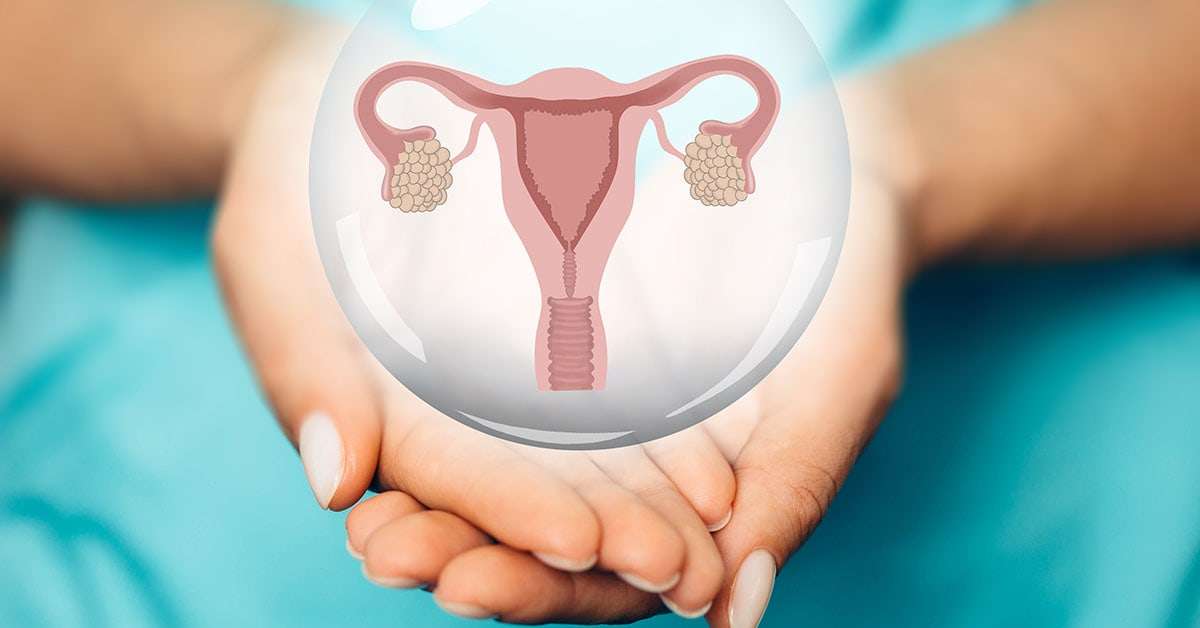New research conducted by scientists at the German Cancer Research Center (DKFZ) has uncovered unexpected consequences of female reproductive function in mice. The study, published in Cell, reveals that the constant remodeling of the organs in the female reproductive tract during the reproductive cycle can lead to fibrosis and chronic inflammation over time.
The female reproductive tract undergoes extensive remodeling during each menstrual cycle, preparing for ovulation or pregnancy. This process, known as the estrous cycle, is similar in other female mammals. However, little research has been done to understand the recurring remodeling and its impact on the affected organs, including the ovaries, oviducts, uterus, cervix, and vagina.
A team of researchers led by Ângela Gonçalves and Duncan Odom from DKFZ systematically investigated the changes in gene activity and morphology in each phase of the estrous cycle in mice, at the individual cell level and with spatial resolution. By doing so, they were able to create a cell atlas of the female reproductive tract.
The findings revealed that fibroblasts, connective tissue cells, play a central and organ-specific role in the remodeling process by controlling the reorganization of the extracellular matrix and inflammation. Physiological reproductive events, such as ovulation, menstruation, and implantation of the fertilized egg, display signs of inflammation, and fibroblasts are a major source of pro-inflammatory messengers.
The female reproductive tract has the remarkable ability to clear cyclic inflammations rapidly and restore normal reproductive function. However, if inflammation persists and combines with other signs of aging, it can become chronic and lead to fibrosis.
The research suggests that the repeated remodeling of the reproductive tract over a woman’s reproductive lifespan gradually leads to fibrosis and chronic inflammation as she ages. The scientists tested this theory by blocking the estrous cycle with drugs, which reduced the progression of fibrosis while other aging processes continued normally.
The researchers also noted that a higher lifetime number of menstrual cycles in humans is associated with a higher risk of uterine cancer. If chronic inflammation and fibrosis also increase with the number of cycles in women, it could potentially contribute to the elevated cancer risk.
Ângela Gonçalves highlights the significance of their findings, stating that their atlas provides insight into how the estrous cycle, pregnancy, and aging collectively shape the female reproductive tract. The study challenges the notion that these events leave no lasting impact and underscores the unexpected consequences of continuous remodeling on female reproductive capacity.
In conclusion, this research sheds light on the long-term effects of female fertility, specifically the chronic inflammation and fibrosis that can result from the repeated remodeling of the reproductive tract. Understanding these consequences may contribute to insights into the increased risk of uterine cancer associated with a higher number of menstrual cycles in women.
*Note:
1. Source: Coherent Market Insights, Public sources, Desk research
2. We have leveraged AI tools to mine information and compile it




